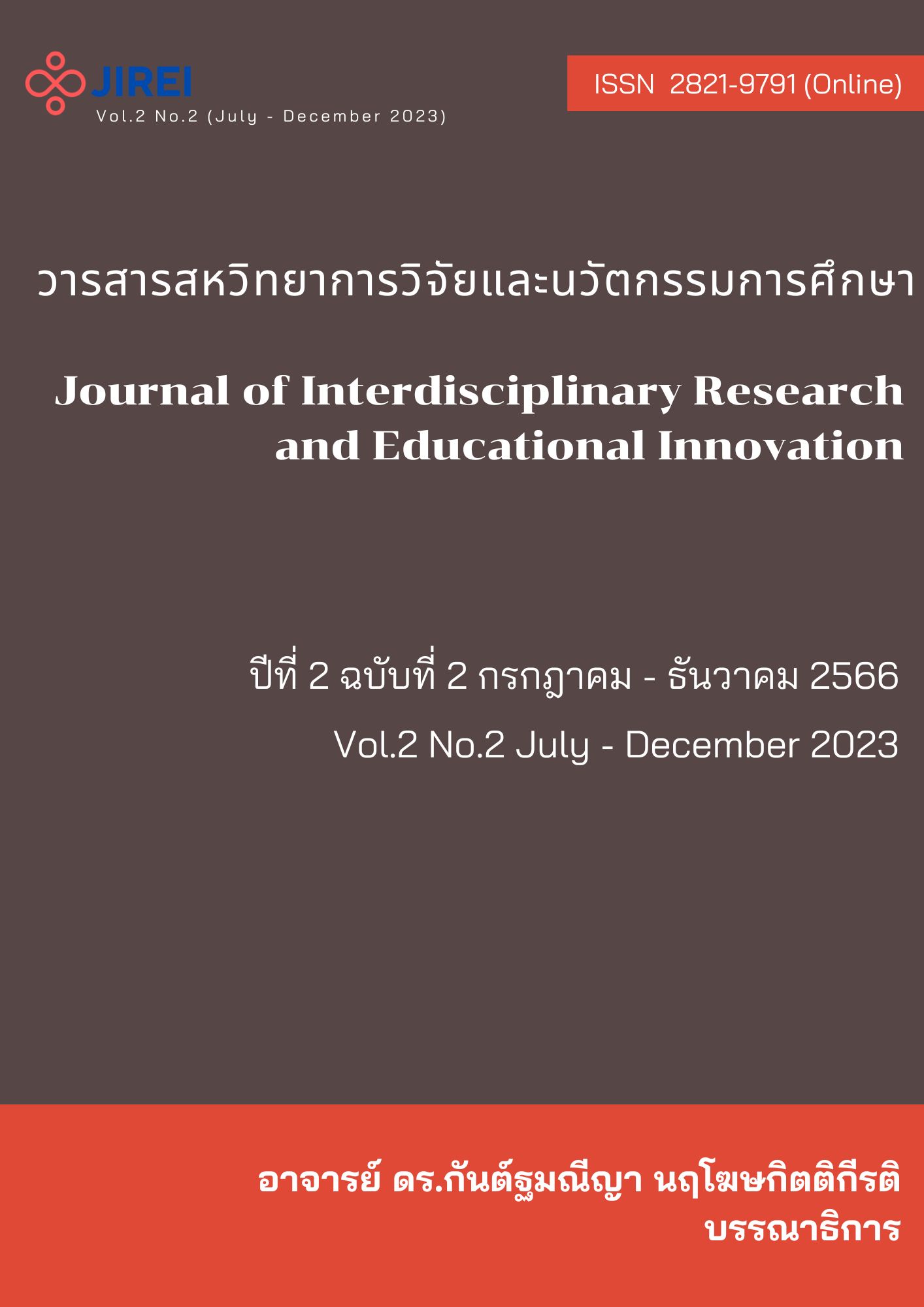The Development of Teaching Materials, Virtual Technology, Geography to Promote Students' Achievements in Geography of Grade 9 Student
Keywords:
Virtual Technology, Understanding, GeographyAbstract
The purposes of this research were 1) To compare the learning achievement scores between before study and after study of Grade9 students through geographic virtual technology learning media. 2) To compare the comprehension scores from students’ contents between before study and after study of Grade9 students through virtual geography technology learning media. 3) To compare the learning achievement scores of Grade9 students with different levels of comprehension. 4) to study the satisfaction of Grade9 students towards the learning media of geography virtual reality technology.
The sample consisted of 90 Grade9 students with high, middle and low comprehension scores from Wat Phrasrimahadhat Secondary Demonstration School which derived from simple sampling. The data were analyzed by using percentage, mean, and standard deviation statistics, value test and one-way analysis of variance.
The results of this research found that; 1) The comparison of learning achievement scores between before study and after study of Grade9 students through virtual geography technology learning media were statistically significant difference at the .05 level.2)The comparative results of comprehension scores between before study and after study of Grade9 students through geography virtual technology learning media were statistically significant difference at the .05 level.3)The comparative results of learning achievement scores of Grade9 students with low, medium and high levels of comprehension were not statistically significant.4)The overall satisfaction of vocational students toward interactive virtual three-dimensional learning media by using virtual reality technology, AR Books Magics Map, was at the highest level.
References
จรินทร อุ่มไกร และไกยสิทธิ์ อภิระติง. (2562). “การพัฒนาสื่อดิจิทัลร่วมกับเทคโนโลยีความจริงเสริมโดย อาศัยการเรียนรู้แบบร่วมมือด้วยเทคนิค STAD ในรายวิชาคอมพิวเตอร์ชั้นประถมศึกษาปีที่ 6”. วารสารโครงงานวิทยาการคอมพิวเตอร์และเทคโนโลยีสารสนเทศ, 5,(2), 18-27.
ธัชชัย ตระกูลเลิศยศ. (2559, 6 กันยายน 2559). Virtual Reality เทคโนโลยีความเป็นจริงเสมือน. Available: http://www.scimath.org/article/item/4818-virtual-reality
พัชรินทร์ บุญสมธป. (2561). “การสร้างความสนใจในชั้นเรียนด้วยเทคโนโลยีความจริงเสริม”. วารสารมนุษยศาสตร์และสังคมศาสตร์ มหาวิทยาลัยมหาสารคาม, 38,(1), 98-109.
สุนทรี มนตรีศรี และทะนงศักดิ์ โสวจัสสตากุล. (2562). “การพัฒนาสื่อเทคโนโลยีเสมือนจริง เรื่อง สร้างงานแอนิเมชั่น สำหรับนักเรียนชั้นมัธยมศึกษาปีที่ 5”. วารสาร ครุศาสตร์อุตสาหกรรม. 18, 2: 0040-47.
อเนก พุทธิเดช, กานต์พิชชา แตงอ่อน และวาฤทธิ์ กันแก้ว. (2561). วิจัยพัฒนาบทเรียนเรื่องการประยุกต์ปริพันธ์จำกัดเขต โดยประยุกต์ใช้เทคโนโลยีเสมือนจริงบนโทรศัพท์เคลื่อนที่สมาร์ทโฟน. (รายงานการวิจัย). กรุงเทพฯ : มหาวิทยาลัยเทคโนโลยีราชมงคลสุวรรณภูมิ.
เอกรัฐ หล่อพิเชียร. (2560). การใช้สื่อการเรียนรู้ความเป็นจริงเสริม (Augmented Realty) เรื่องโปรโตคอล TCP/P เพื่อเพิ่มผลสัมฤทธิ์ทางการเรียนของนักศึกษา วิชาการสื่อสารข้อมูล และเครือข่ายคอมพิวเตอร์ สาขาเทคโนโลยีสารสนเทศการศึกษา คณะครุศาสตร์อุตสาหกรรม มหาวิทยาลัยเทคโนโลยีราชมงคลธัญบุรี. (รายงานการวิจัย). ปทุมธานี : มหาวิทยาลัยเทคโนโลยีราชมงคลธัญบุรี.




